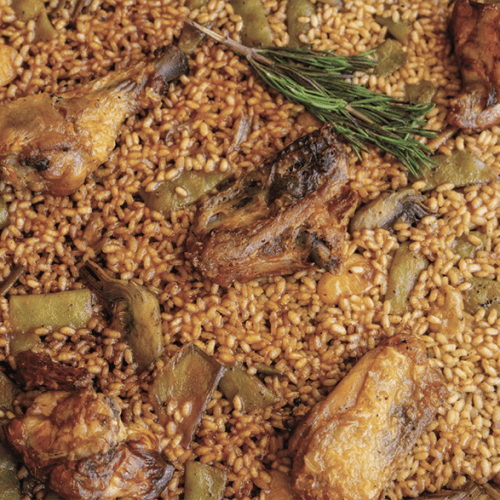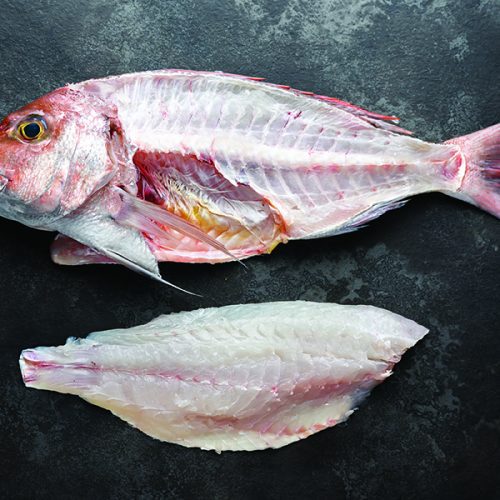With the influx of imported vegetables and fruits in Malta its no wonder that many are not aware of what is grown locally and what season is their harvest. In a previous post, “Eat Local, Eat Sustainable”, Editor Sarah Kennard remarks, “We’ve all heard about sustainable eating but, perhaps, haven’t fully embraced the idea or integrated it into our diets.”
When we eat what is locally grown and in-season, preferably organic, we are benefitting the most of its nutrient value, promoting local produce and sustainable farming.
Here are 10 vegetables in season this autumn/winter (October to December)
Artichoke
A favourite winter vegetable in many Maltese homes, the artichoke is a versatile flower bud used as a vegetable that is in season between November and March. The global artichoke is very low in calories and high in vitamins, minerals and anti-oxidants. It also has a good source of folic acid and bitter (link to herbal bitters post) principles that inhibit cholesterol synthesis.
Try out these Artichoke Recipes by our home cooks and pro chefs.
Broccoli
This flower head is a flower head that is known for its noteworthy phytonutrients that have been found to have disease-preventing properties. It’s low calorie content makes it a perfect winter go-to if you’re trying to control your calorie intake! Fresh Broccoli is exceptionally rich in Vitamin C and other anti-oxidant vitamins as well as minerals. Broccoli should remain bright green when cooked with a crunch to the bite; overcooking Broccoli may reduce all its nutritional content.
Try some broccoli recipes here
Brussels Sprouts
This mini-cabbage like veggie is often associated with a nauseating smell when cooking – so we found recipes that eliminate the smell when cooking Brussels sprouts!) These little veggies are also low in calories but rich in vitamins, minerals and fiber and anti-oxidants. Brussels sprouts contain kaempferol, an antioxidant that may reduce cancer growth, decrease inflammation and promote heart health.
Brussels Sprouts make a perfect side dish. Here’s how to cook them.
Jerusalem Artichoke
The Jerusalem Artichoke is a nutty, flavoursome root that is often eaten like a potato in most of Western Europe and the Mediterranean. Jerusalem tubers, resembling ginger, feature grey, purple, or pink skin externally, and sweet, delicate textured ice-white flesh inside. They are high in calories, roughly equivalent to that of a potato, with no cholesterol or fats. Jerusalem artichokes are one of the finest sources of fiber, oligo-fructose inulin, which has zero calorie saccharine and carbohydrate which is not metabolized in the body – making Jerusalem artichoke an ideal sweetener for people o=with diabetes.
Try an indulgent Jerusalem Artichoke Ice cream.
Cauliflower
When I think cauliflower, I think bo-ho-ring! Yet, our chefs have proved time and time again that this doesn’t have to be. Try this cauliflower rice for a starter! Cauliflower is a familiar season vegetable that is surprisingly bursting with essential nutrients. Cauliflower has a number of phytonutrients such as vitamins, indole-3-carbinol, and sulforaphane that help prevent overweight, diabetes and offer protection from prostate, ovarian, and cervical cancers. So don’t underestimate this flower head.
Chayote
The not so popular Chayote is a pear-shaped green vegetable that grows in the cooler months. Its mild flavour and crunchy texture resembles a mix between a cucumber and potato… a little squash-like too! Chayote (that comes in various outer textures too) is highly recommended for lowering cholesterol levels. It is also a good source of dietary fiber, magnesium, phosphorus, potassium, vitamin C and choline, as well as anti-oxidants.
Try out a Chayote soup
Spinach
Think Popeye! Spinach is a popular and well known source of insoluble fibre iron and other vitamins and minerals. This leafy green has numerous health benefits from maintaining a healthy digestive tract thanks to the high fibre, improving eye health thanks to lutein, or reducing ageing and risks of cancers thanks to its anti-oxidants. Spinach is also extremely versatile; it can stand alone, accompany a protein dish or get mashed in with other ingredients.
Here are 10 ways to cook Spinach and a special Polenta with Spinach and Leeks by our home cook.
Leek
Did someone say leeks? Yes the above recipe is the right time to prepare! The mild-onion-like root has a mellow flavour that is found in the part that grown underground. The part that is exposed to sunlight is more fibrous. Leeks are another great source of dietary fibre and may help lower cholesterol. Leeks are also packed with other nutrients including a variety of vitamins and minerals including a good amount of potassium; a natural occurring electrolyte, essential for the basic, everyday workings of the body.
The classic way to use leeks is with a leek and potato soup. They can also be used instead of onions for those who don’t like to eat onions due to their milder taste.
Try some Leek Recipes from our home cooks and pro chefs
Endives
Locally known as Indivja, endives is a bitter leafy green that often gets sweeter when cooked. Endives is a good source of Vitamin A, Folate and Calcium as well as Vitamin K and Vitamin B. The manganese content in endive maintains an amazing number of vital processes within the body such as regulating blood sugar, metabolizing carbohydrates and bone formation according to Mercola. Like with most leafy greens, endives has a good source of fiber which is necessary for a healthy digestive system.
We’re looking for recipes – so if you think your recipe should be on here send us a message!
Fennel
Finally but in no way least important is fennel, also known as Buzbiez (don’t you love that word?!) is an awesome Mediterranean ingredient that can be eaten raw in salads, roasted as a side dish or starter or in soups. Its versatility has found use in culinary as well as for medicinal reasons since ancient times. Fennel bulb has some noteworthy flavonoid anti-oxidants, minerals, and vitamins that have been known to offer health benefits. The low calorie bulb also contains heart-healthy electrolyte and potassium.
Try these Fennel recipes from our home cooks and pro chefs
Check out this Malta vegetable season calendar here
Inspired to eat more veggies?
Check out these Vegan recipes by Served’s home cooks and pro chefs.










